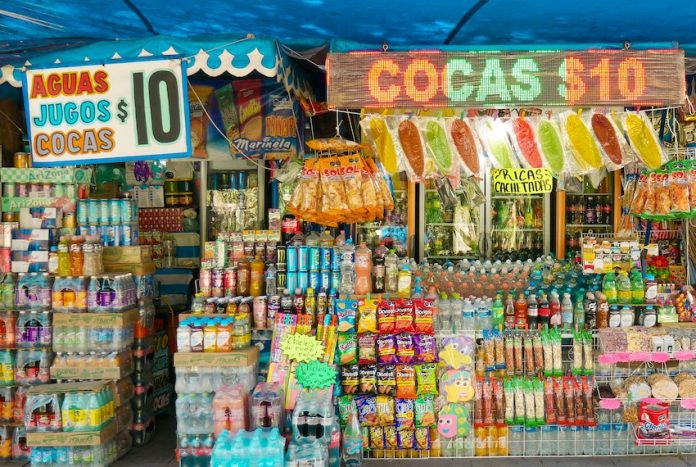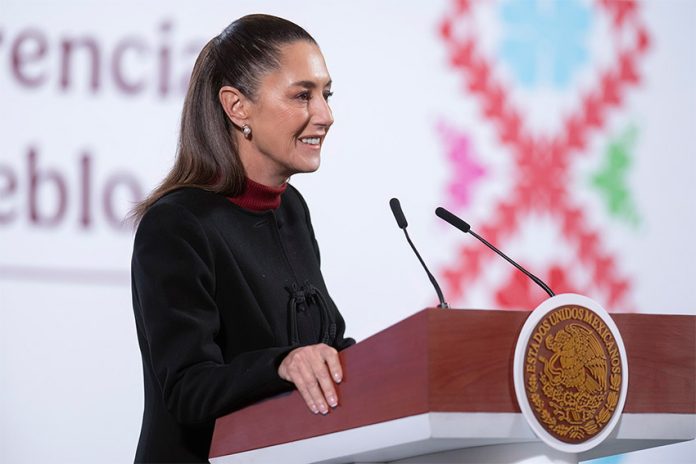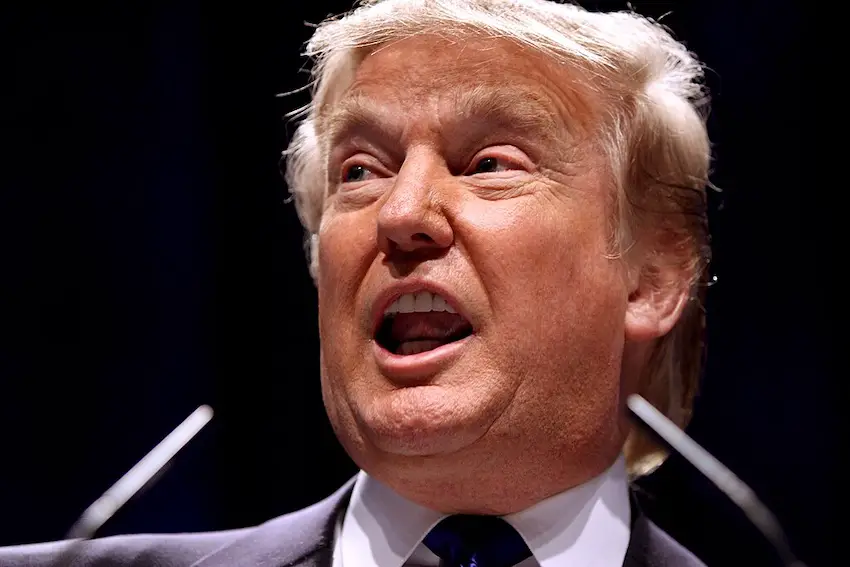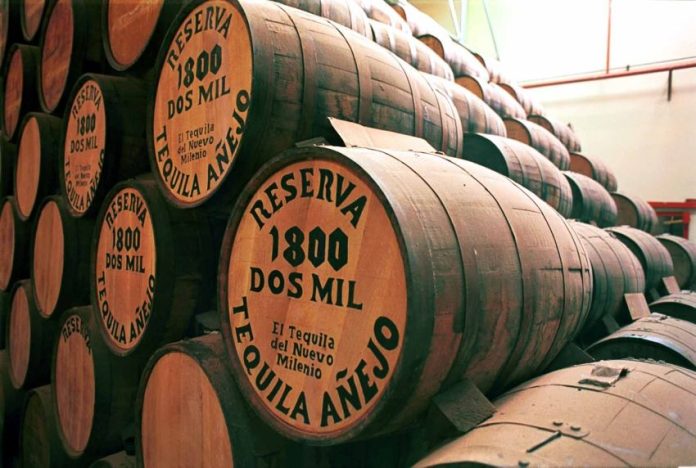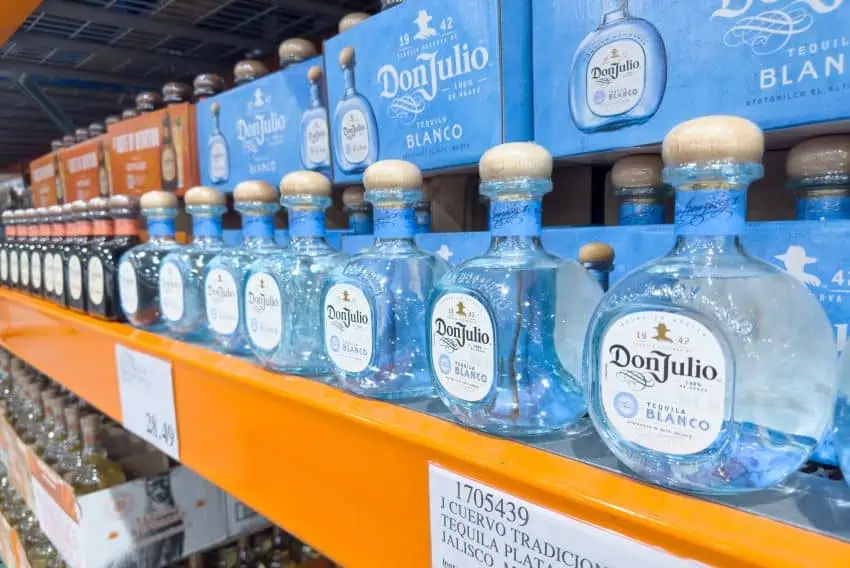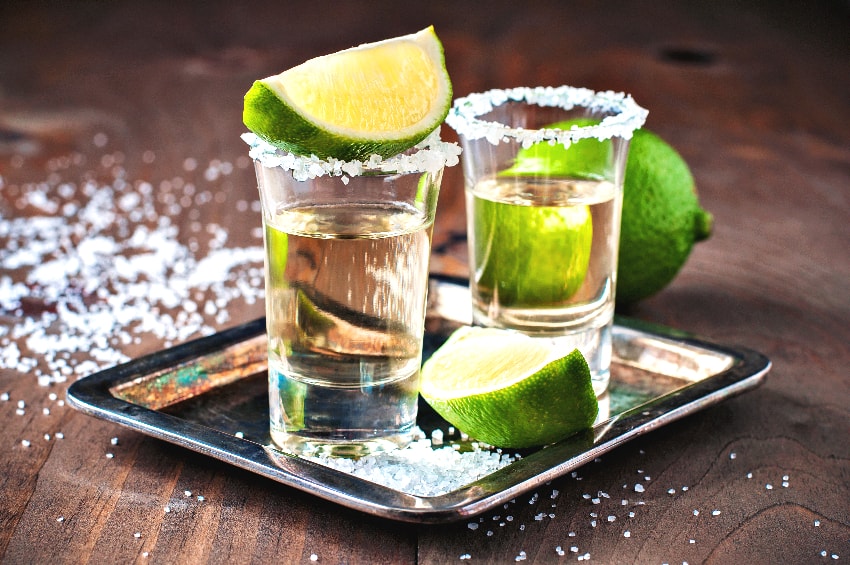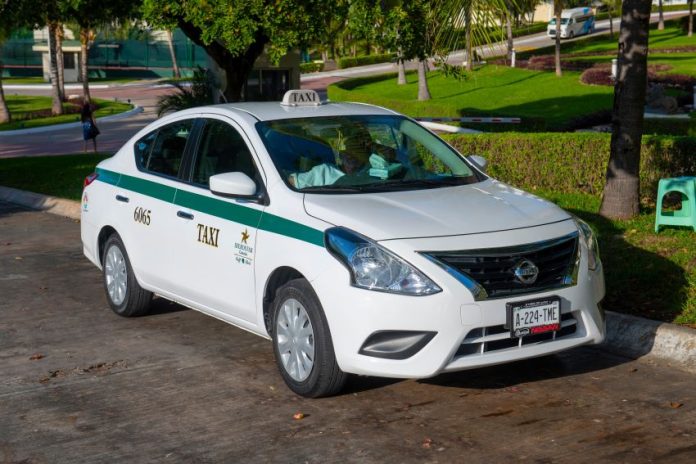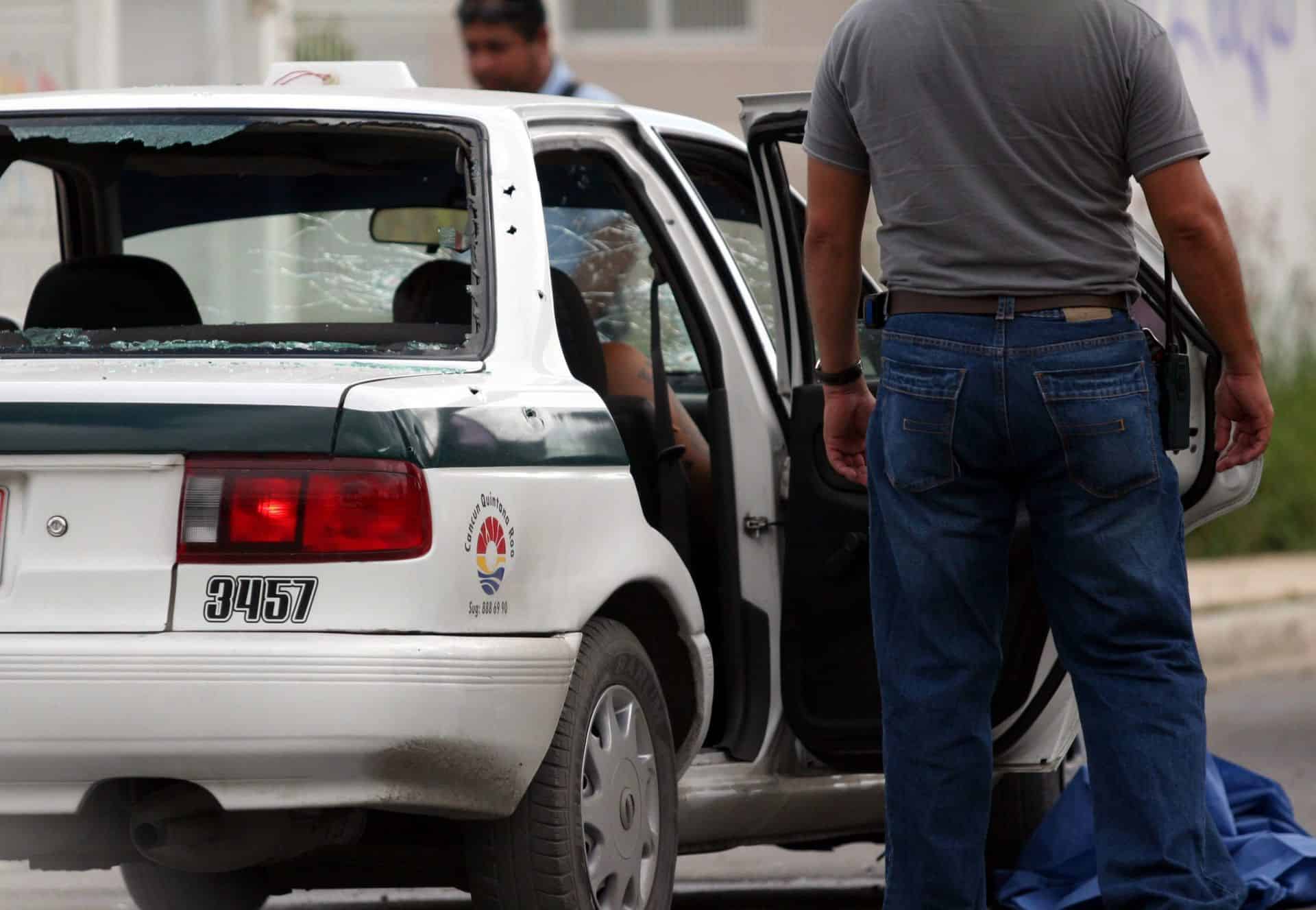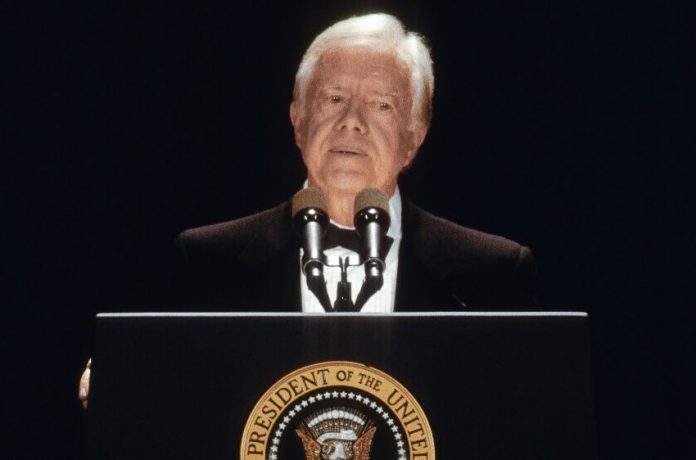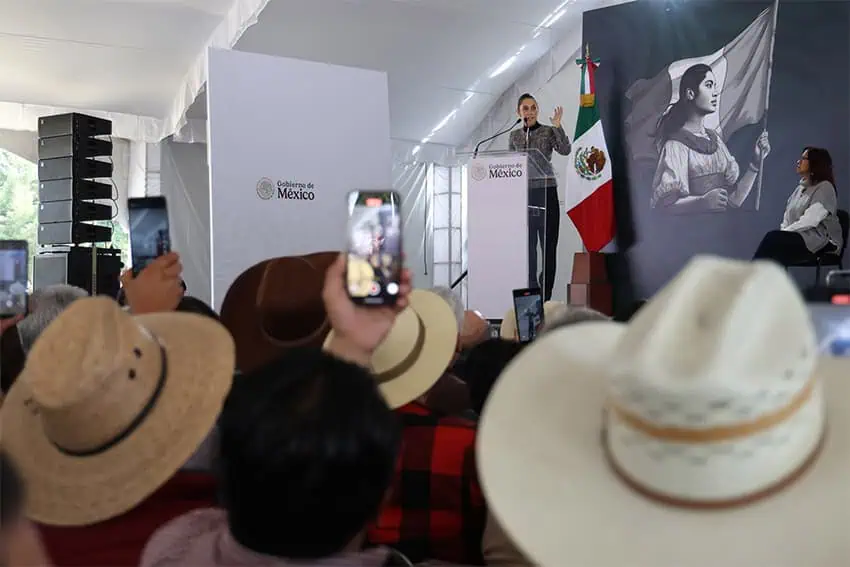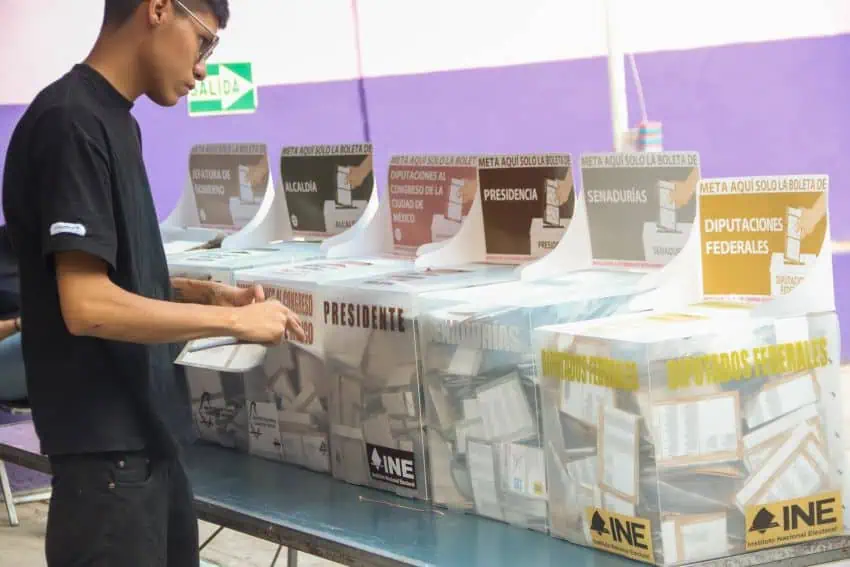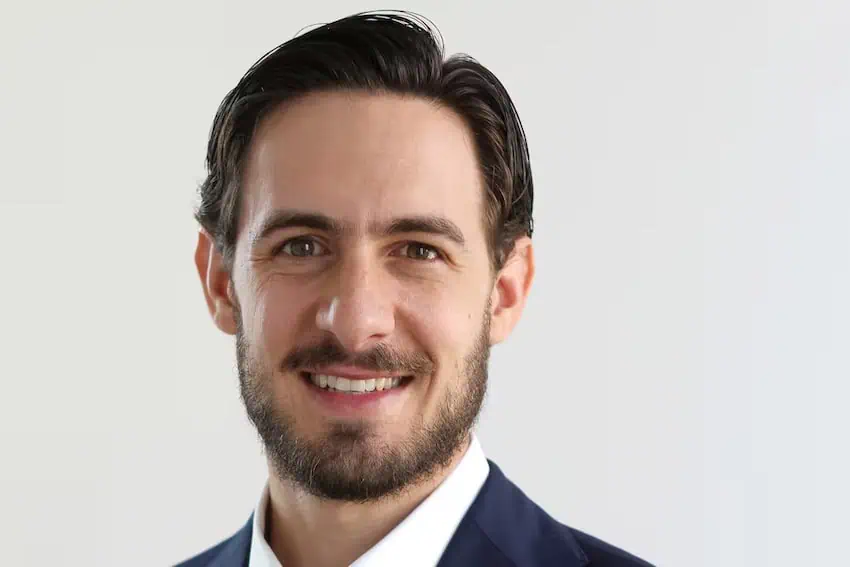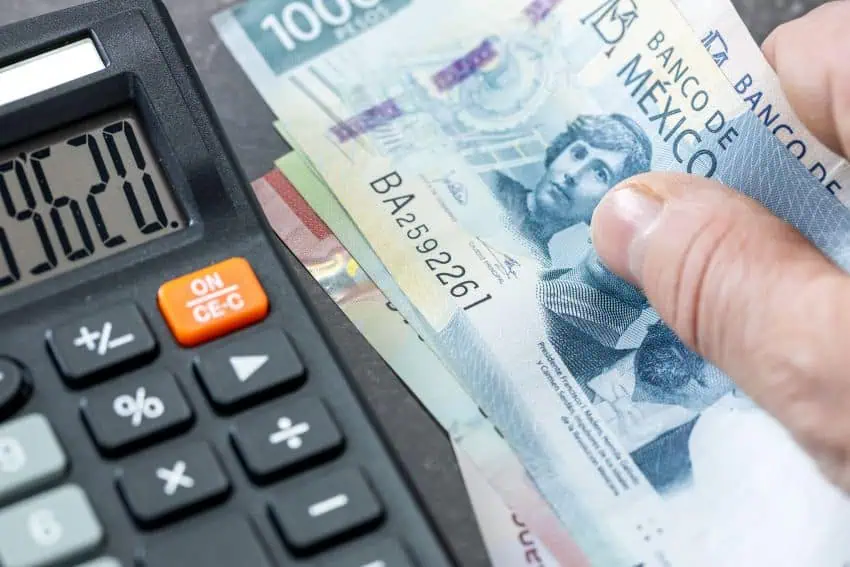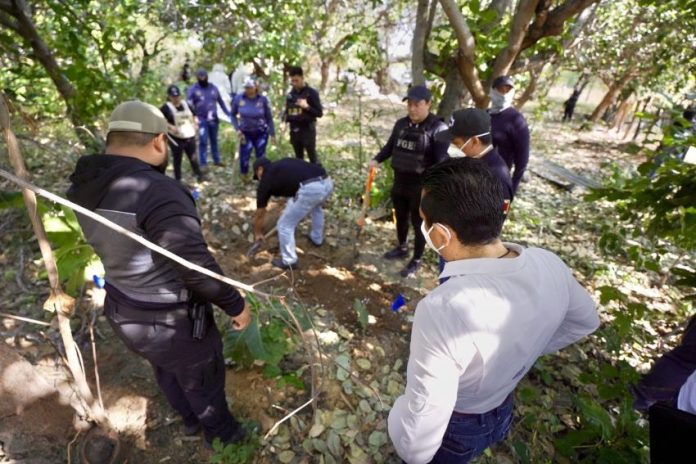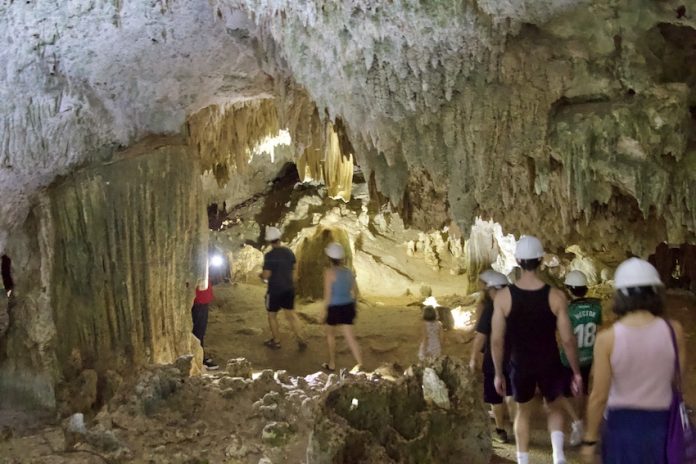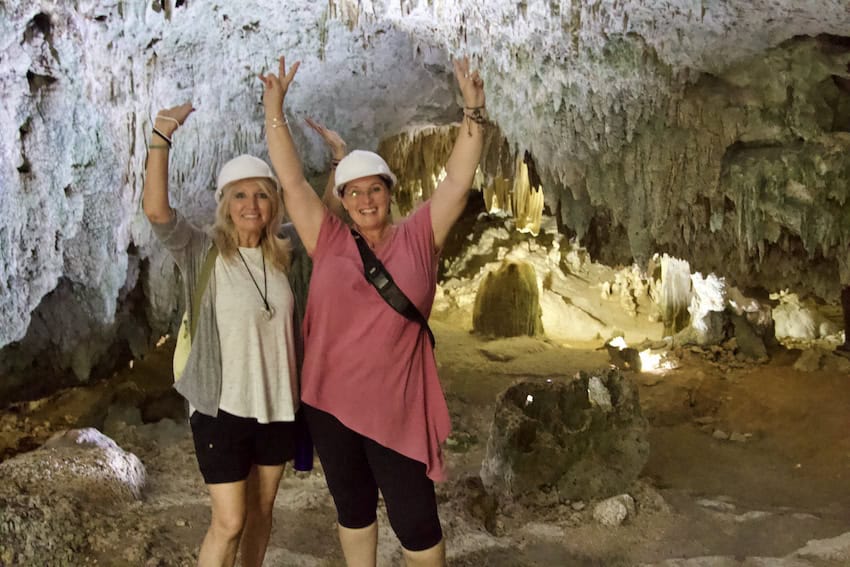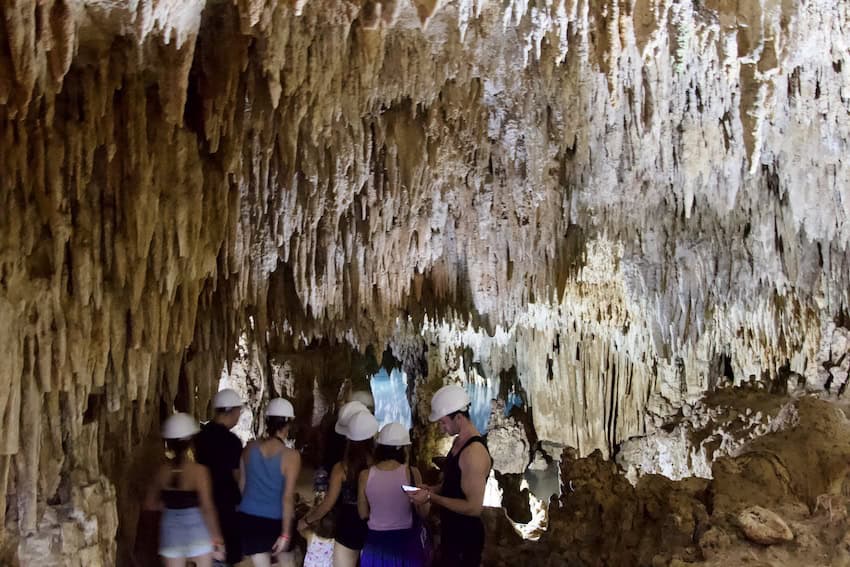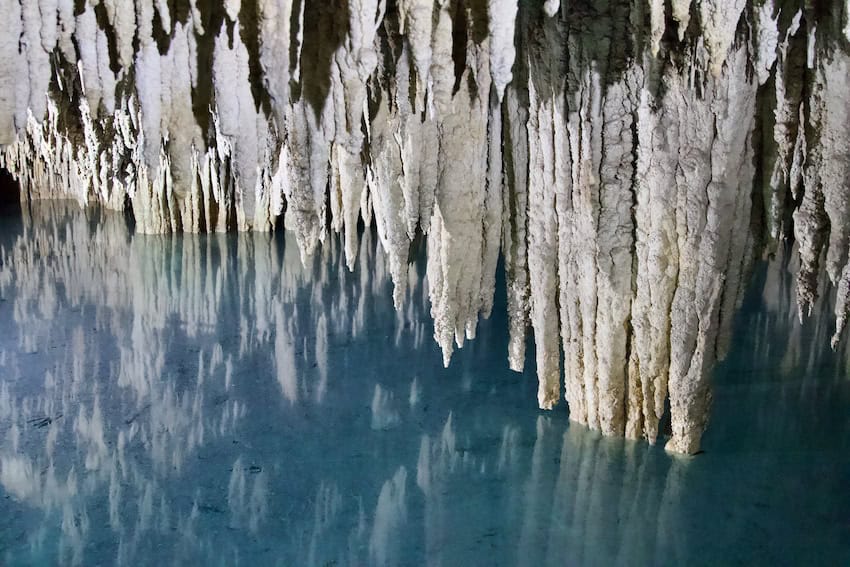Mexico News Daily’s resident thinker, explainer, seer, doer and dog-loser has had a busy 2024. It’s not been an easy year of explaining the myriad differences between life in the United States and life in Mexico — but she sure has tried.
From rounding up the best of Mexican memes to curing hangovers or teaching us all how to curse appropriately, Sarah has worked tirelessly to bring MND readers closer to life as a real Mexican. If a real Mexican was born in Texas, that is.
So sit back, get ready to laugh and enjoy some of the best slice-of-life pieces we published in 2024.
How to spot a foreigner
Ever see someone walking down a street in Mexico and just know they’re not from around here? It’s like playing “Spot the Gringo,” and while Mexicans are generally friendly, foreigners tend to stand out like a sore thumb. Their outfits scream comfort over style —athletic sandals, anyone? And their faces? Smiling at everyone like they’re auditioning for the “Nice American” role. Then there’s the way they look at people — overdoing eye contact and forcing everyone they pass to be their new best friend.
Of course, there’s also the gringo habit of leaning on everything — because why stand when you can lean? And when navigating narrow sidewalks, they’re always in a rush, showing that classic gringo urgency. Oh, and they love staring — whether it’s a leaf or a piece of trash, it’s all fascinating. Blending in? Not their forte. But they sure have a knack for making their presence known!
Beauty is in the blue eye of the beholder
Dating in Mexico is like a confusing game of “Who’s the prettiest?” where it’s not just about skin color but also social class. Racism in Mexico is a mix of classism and colorism.
Unlike the U.S., where races were segregated by law, Mexico’s complex mestizo history has created a society where darker skin often means poverty and fewer opportunities. Wealthy Mexicans? They’re mostly lighter-skinned, thanks to centuries of colonialism. This is why Mexican beauty standards are Eurocentric — blonde hair, light eyes, the works. But if a foreigner marries someone darker-skinned, Mexicans sometimes wonder, “Why choose that?” Casual racism? Definitely.
Digital nomad blues
Typing away in Veracruz’s Heroica taproom, sipping beer and watching housing prices skyrocket around her, Sarah DeVries looks like the quintessential digital nomad. But hold on — she’s not exactly living the dream. Sarah has been in Mexico for decades, long before online work became a thing. Back then, her first job in Mexico involved working in education, getting paid in cash, and dreaming of a microwave.
Fast forward to 2011, and she snagged her first online gig with Open English. Things were looking good, until a lawsuit from a fellow worker turned her perfect gig into a nightmare.
Cue the existential crisis. As U.S. employers increasingly restrict remote work to workers based in the actual United States, Sarah’s realizing that maybe freelancing is just as stable of a strategy as taking a traditional full-time job.
When everybody wants the ‘real’ Mexico
Twelve years ago, while living in Querétaro, Sarah and her sister decided to visit San Miguel de Allende, thinking it was the perfect, authentic Mexican town. Nestled in the mountains with mild weather, charming streets and a lovely artisan market, it seemed like the ideal getaway. But as they wandered the Zócalo, they couldn’t help but notice something odd: they were passing more expats than actual Mexicans. San Miguel, it turned out, had become a retirement haven for U.S. and Canadian expats.
So, what is the “real” Mexico? The idea often floats around that places like Cancún or Los Cabos aren’t “authentic,” but what if the “real” Mexico is constantly shifting? After all, when new arrivals — whether from abroad or other parts of Mexico — move in, they change the landscape, often making locals lament that their beloved towns are no longer the same. In Querétaro, for example, natives grumbled about the influx of Chilangos (people from Mexico City), who were “ruining” the city with their traffic and looser morals. Sound familiar?
The truth is, places change. Newcomers bring both benefits (more services!) and drawbacks (more traffic!). And while we love discovering hidden gems, we also secretly wish they stay hidden… until we arrive. Then, it’s like, “Sorry, but now it’s ours. Please don’t come.”
Welcome to the complicated nature of gentrification and tourism.
Should I get offended?
Gringos and Mexicans make a pretty great pair — like peanut butter and jelly, but with a surprise dollop of salsa. Our cultural personalities mesh well, unlike, say, the classic tension between U.S. and French citizens. But even the loveliest matches have their moments. Sometimes, gringos get downright annoyed. And sometimes, Mexicans are left wondering if their new gringo friend was raised in a pressure cooker.
In Mexico, time is more of a suggestion. If you’re rushing, this might not be the place for you. Get used to it. Parties? They start when they start. No one’s apologizing for showing up three hours late. The goal is being there, not being punctual.
Now, gringos, listen up: don’t show your impatience too obviously. Mexican patience is legendary, but if you’re too loud about it, you’ll get on their nerves faster than a neighbor’s blasting music. Speaking of noise — this country is not a whispering library. If your neighbors are loud, well, welcome to Mexico. Complain all you want, but the noise won’t stop. The cops will show up, nod and leave, and the music will turn back up.
If you’re getting upset over all this, just remember the saying: “Si ya saben cómo soy, ¿para qué me invitan?” — “If you know how I am, why invite me?” So grab a beer, relax and don’t expect anyone to arrive on time. It’s Mexico, baby.
The American Know-It-All
We all know the classic American Know-It-All: always a guy, right? He’s the self-proclaimed expert on everything in Mexico — customs, holidays, traditions, what people like, don’t like, think, don’t think. He knows the best taco joints and the inner workings of Mexican families. Oh, and did I mention he barely speaks Spanish?
It’s like those Mexicans who claim English is super easy. They “understand perfectly,” they just struggle with speaking it. Okay, buddy. But if you don’t speak the language, I’m not following you around the country.
On the other end of the spectrum, you have the actual Know-It-Alls. They throw out folkloric phrases, translate them for you, and expect you to be impressed. Pro tip: Don’t offer unsolicited expertise. Don’t assume you’re the most interesting person in the room. And definitely don’t explain Mexico to Mexicans.
Mexicans, for the most part, let these guys be. Maybe they whisper a “qué pendejo” later, but they don’t dwell on it. Turns out, we’re all a bit clueless sometimes—and that’s okay. Just don’t make it your thing.
